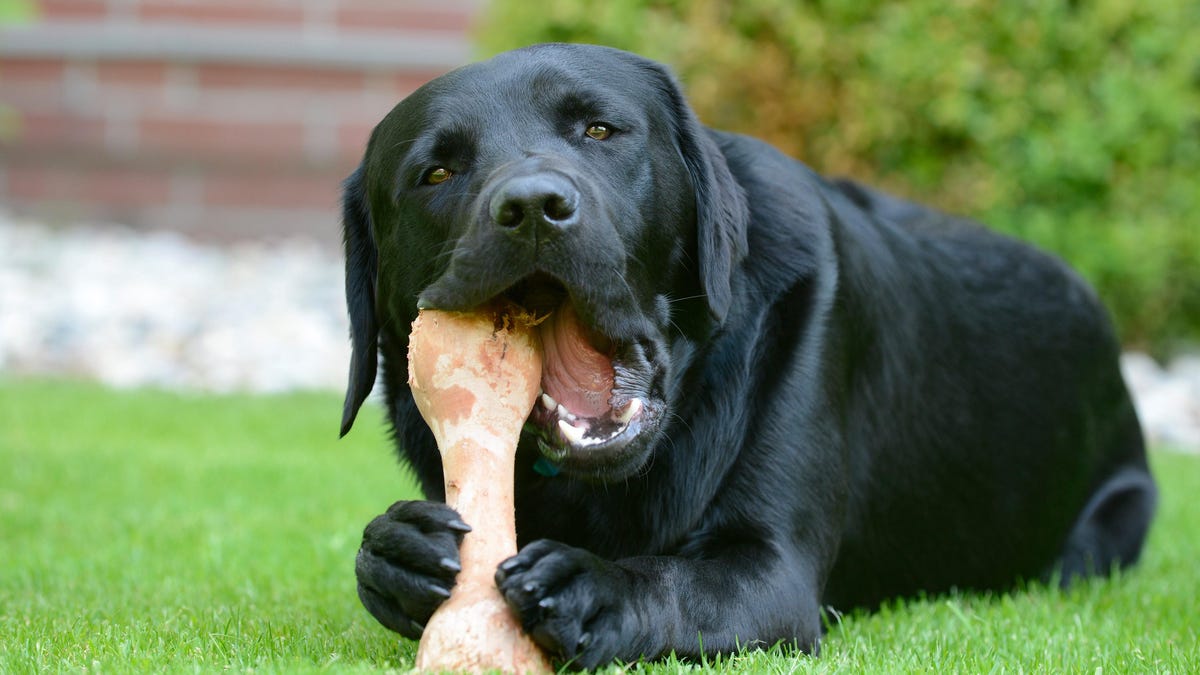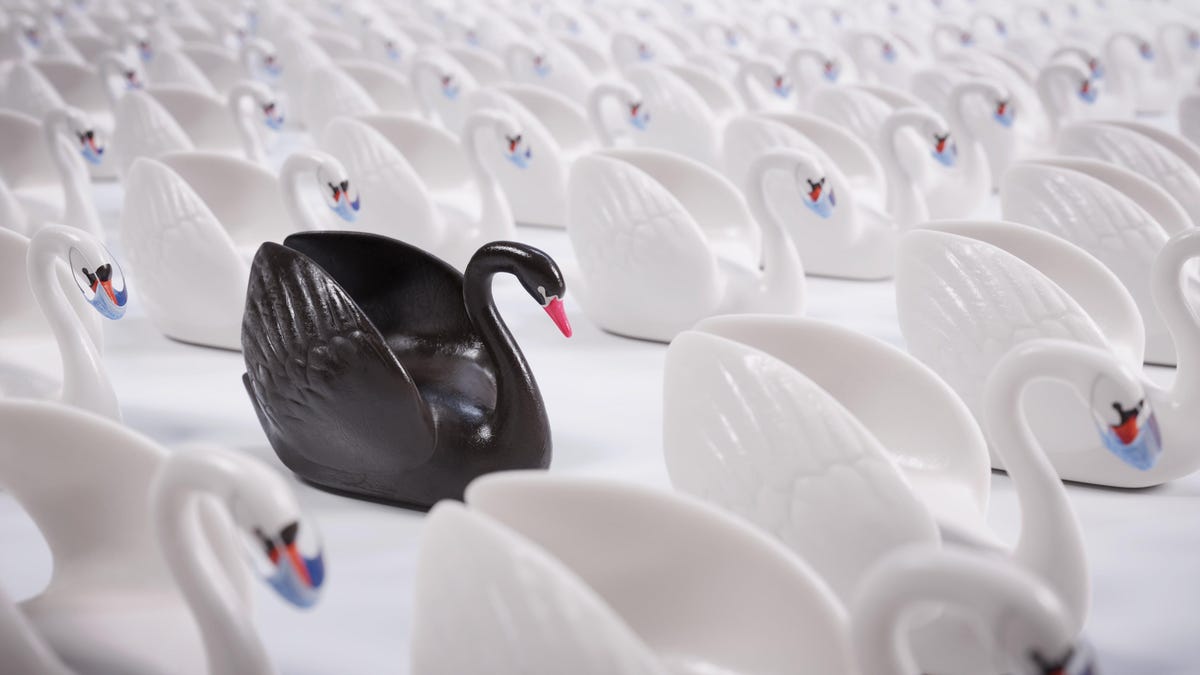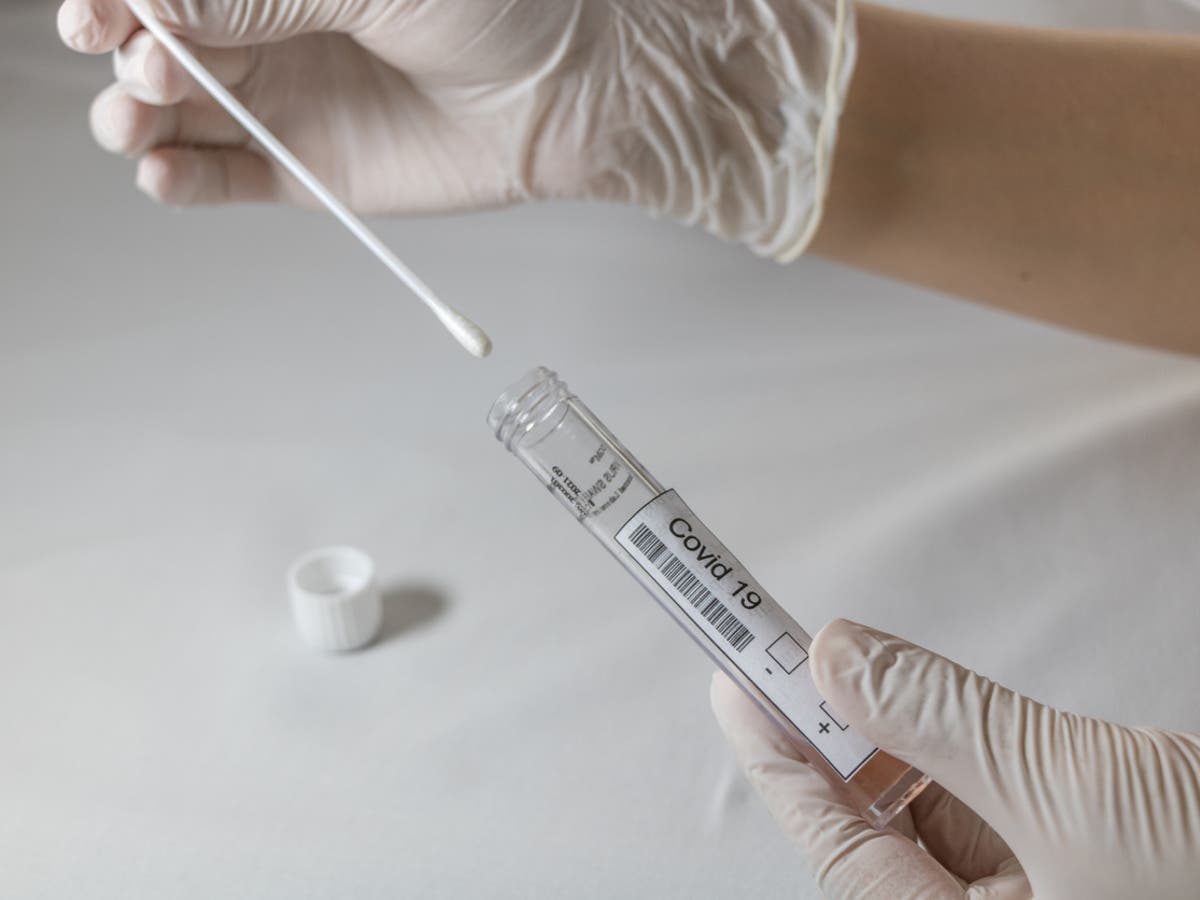The Kinds of Bones Unsafe for Dogs
Never give your dog chicken bones. If you have a pup, you’ve probably heard that advice. But what about bones from steak or other kinds of meat? And if you’ve heard that you shouldn’t give dogs any bones, you...

Never give your dog chicken bones. If you have a pup, you’ve probably heard that advice. But what about bones from steak or other kinds of meat? And if you’ve heard that you shouldn’t give dogs any bones, you might be wondering why pet stores and butchers sell dog bones at all.
Cooked bones are never okay
Bones aren’t just hard little rocks; they include mineral content but also other components that give them strength and, to a small degree, elasticity. When we cook bones, this breaks down and they become brittle. That’s why cooking makes bones more likely to break into splinters or shards when they’re chewed. Those shards can injure a dog’s intestines, throat, or mouth. This applies no matter the size or type of the bones—it’s not just chicken bones that are the issue.
I learned that one the hard way: my husband would give our greyhound the doughnut-shaped bones from cooked beef shanks. They were too big to swallow and too tough for her to break, so we figured they were safe. Then one day she found an old one in the yard, and it had become so brittle that she was able to crack it. It got stuck in her mouth, and she needed a vet visit to have it removed. No more bones for her after that.
Cooked bones that you shouldn’t give your dog include:
Chicken bonesTurkey bonesBeef bones (for example, from steak)Pork bones, including ribsHonestly: any cooked bonesInjuries from bones can include cuts and bleeding in the mouth or elsewhere in the digestive system, obstructions of the digestive tract if large pieces are swallowed, and choking. Bones or pieces of bones can become stuck in the stomach, causing vomiting. In some cases, shards of bone can pierce the digestive tract and lead to peritonitis. None of this will be fun for you or your dog.
Bones sold as treats can be risky
The FDA has warned against “bone treats” that are smoked or baked and that are sold as treats for dogs. They received reports about dogs who ended up with injuries like those mentioned above. Of the 90 dogs with those injuries, 15 died.
Still want to give your dog an animal part to chew on? Try these softer, non-bone alternatives:
Pig ears (made of pig ears)Bully sticks (made of bull penises)And consider a bully stick holder to make sure your pup can’t swallow the stick when it’s been chewed down to a small piece.Raw bones are safer, with caveats
Large, uncooked bones won’t usually break the way cooked bones do, so in theory they are safer. But they still have potential safety issues.
Maybe it seems like your dog shouldn’t be able to crunch a raw bone into pieces, but sometimes a determined dog can manage to do it. If you give your dog a raw bone, go with one that’s at least as large as their head, and supervise them with it.
It’s also important to remember that a raw bone is, basically, covered in raw meat. That means it can carry pathogens like E. coli or Salmonella. Even if these don’t end up making your dog sick, they can still be spread around the house and pose a risk to people—especially children. The American Kennel Club recommends only giving the bone to your dog for 15 minutes or so, then putting it in the refrigerator for next time. Discard the bone after three to four days.

 ValVades
ValVades 































